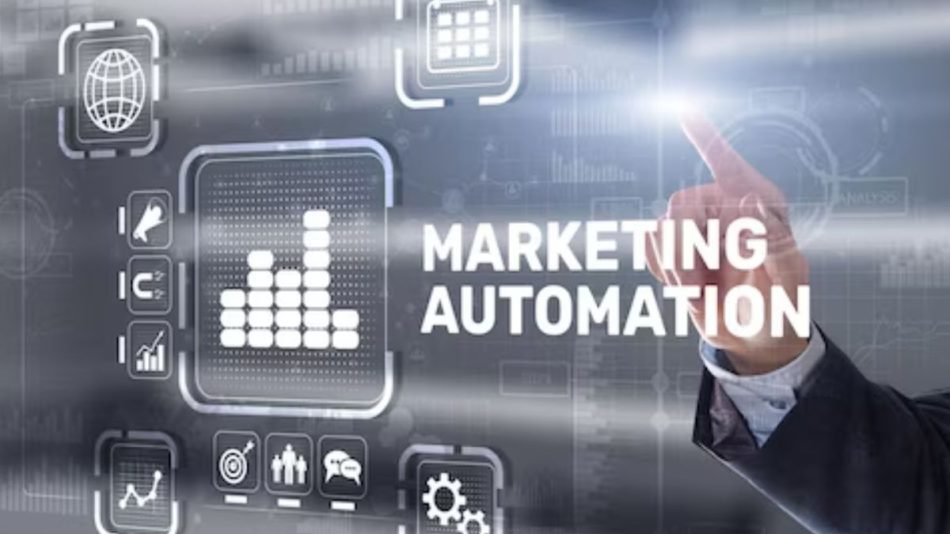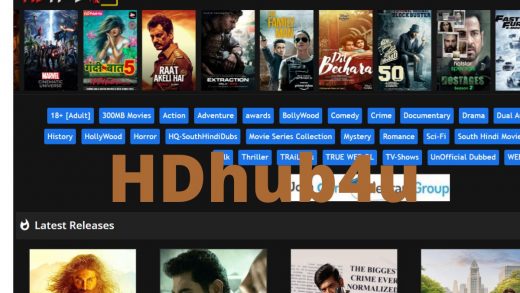Do you want to take advantage of the great advantages of Marketing Automation and CRM for your e-commerce site?
Are you already doing it but have yet to get results?
Automatic marketing activities are not limited to email marketing but integrate with many other tools to convert. This article explains how to do marketing automation with CRM correctly.
How to obtain advantages and new opportunities from your e-commerce
SMEs must recognize the importance of automating internal processes through digital marketing because this saves time and optimizes every business-related activity. Marketing automation has thus become an integral part of CRMs, tools that are no longer just contact management but real marketing tools that integrate different platforms, from social media to Analytics.
Automation creates new opportunities.
A communication strategy involving automation allows you to seize conversion opportunities that traditional communication would otherwise allow you to do. Marketing automation allows you to precisely set up contact actions that target users based on certain behaviours, events, characteristics and other filters that can be set on the CRM.
The first great advantage offered by a strategy that involves the use of this activity is user management starting from the first contact. When a potential customer fills out a contact form or lands on the information request page, you could, for example:
- Set up an automatic message on the website once your request is submitted, indicating expected response times.
- Please set up an email confirming receipt of the message, with links to the other channels on which they can contact your company.
- Set up a chatbot that helps the user, once they land on the page, to immediately have the information they are looking for.
These solutions are used to give a good first impression of your company and your customer care, allowing you to save time sorting through requests, responding with confirmations and concentrating only on resolving your potential customer’s doubt (or problem).
Automation also allows you to monitor your buyers’ behaviour over time once you have set filters that correspond to purchases, events or cart abandonment. Also, CRMs like those from Hubspot allow you to give a score to your customers based on the activities performed to understand how “active” this person is.
If, for example, in your e-commerce, the user logs in to proceed with the purchase, and that day is his birthday, why not set up a pop-up banner or an automatic message via bot to give him a discount code to insert into the cart? A true shopping experience perceived as 100% personalized!
Personalizing your users’ shopping experience and increasing your sales is possible through Prestashop.
Marketing automation is not email marketing.
Contrary to what you might think, marketing automation doesn’t just mean email marketing. Email is one of the tools that can be adopted in a strategy that involves automation, but it is not the only one. Making specific procedures and communications automatic must serve to improve the customer experience. Today, the web user is social, is in chat, visits the site without making any purchase, and reads (but not always) emails.
Using only email marketing, although still a valid tool to be used in CRM, precludes a series of conversion opportunities that other channels could instead increase. Email marketing certainly remains a means to be used, for example, to update your database (also given the Privacy update and the GDPR ) by contacting those who no longer interact with your company. You could ask those who no longer open your campaigns to confirm their interest in receiving updates from you, perhaps by offering something as a gift (not necessarily a discount; you could also offer an e-book or exclusive content for Them).
Therefore, you certainly need to include email marketing in your marketing automation strategy, but remember that it’s not just about that.
Profiling and buyer personas: 2 essential aspects
The effectiveness of marketing automation is given only by in-depth knowledge of the target. The more filters you set on the CRM, the more precise the automation will be. Therefore, the conversion rates will increase. Suppose it is true that you need to know your Buyer persona before setting up your business. In that case, it is equally important to continue to know them during their interaction with your company to understand better:
- what they want
- what they buy
- what timescales do they follow?
- On which occasions they are most active
CRM allows you to target your audience with an incredible set of filters for behaviours, events and characteristics. In practice, you can, for example, define your customers who have given consent to profiling cookies based on the following:
- who purchased a particular product
- those who purchased the following promotions
- those who placed a particular product in their cart and then abandoned it
- those who come from social networks
- who spends more time on your site without converting
And many other parameters. This information is useful precisely for setting up massive but specific communications for each segment to try to recover groups of users who demonstrate the same behaviour, most likely dictated by the same reasons. If there is a segment of users in your database who abandoned the cart, send them an email automatically 3 hours after insertion with non-payment telling them why they should continue with the purchase (and why you, as a company, care much about them as customers).
Marketing automation is multichannel.
Marketing automation means exploiting multiple channels because traffic sources today are in multiple places. The most used channel in this sense is email, but only a few companies stop here. Setting up message flows aimed at your customer segments is useful, but there must be others. Here are other channels you should consider for effective marketing automation:
- Customer care in chat: with chatbots, you can set up automatic messages corresponding to certain behaviours, such as deleting a product from the cart (“Are you really sure? What were you looking for?”), If this isn’t enough, you can decide to pass the conversation to a live agent once the contact is qualified and directly create the support ticket.
- Social networks: Social CRMs can be linked to multiple business accounts so you can support customer conversations and response management. They can also set up social post sharing, send automatic thank-you messages to new page followers, and build a chatbot with updated content for users.
- Valuable content on the site: with CRMs, you can create specific landing pages for conversion to be offered to users who land on a specific site page via a banner, pop-up or a bot. For example, if you have created a blog on your site and published an article on a particular service that is among those that you also offer, X seconds after opening the page, as well as a final call to action that invites you to visit a landing page dedicated to the topic, set an automatic banner with this link.
As you can see, the channels to use for marketing automation go far beyond the email marketing campaign.
5 tips for making the most of marketing automation if you are an SME
- Know your target and filter it. Try to segment your audience as precisely as possible so as to have many but specific groups towards which you can set up targeted communications (this, however, requires commitment and time).
- Identify the right channels. There is no need to set up the purchase confirmation email if a customer service system needs to be included. Identify the channels on which your audience moves and monitor their behaviour on the website via Analytics and on social networks.
- Set valid messages for a specific target niche. Each target has similar needs and purchasing tendencies, so set messages that are as close as possible to their behaviours.
- Don’t limit yourself to just one attempt. Don’t set up just one automatic message per channel, hoping to get immediate results. Define a strategy that includes recall messages over time. A user may not be interested at that moment but becomes available to listen to you after a month.
- Monitor statistics. Doing marketing automation means constantly monitoring what happens while activities take their course. Keep track of what happens daily and provide at least weekly reports that help you “adjust the shot” for your next moves.
Marketing automation allows companies to improve the conversion rates of users into potential customers and, therefore, buyers. But these results don’t happen without the right processes, the application of targeted strategies and an effort of time and resources. Marketing automation is intended to improve and support marketing and sales, but it must not be a substitute, nor can you expect that setting up automatic messages is enough to consider your customers satisfied. It must be a tool supported by a strategy which only you can set.
Also Read : How To Make Your E-Commerce More Sustainable In Just a Few Steps




